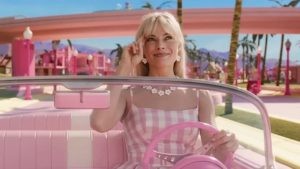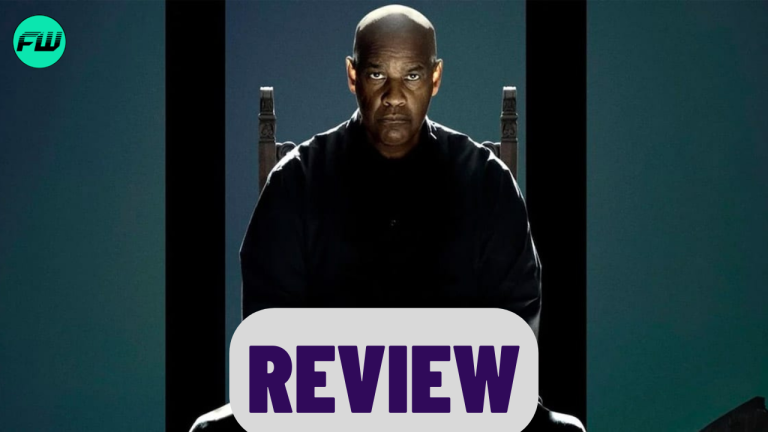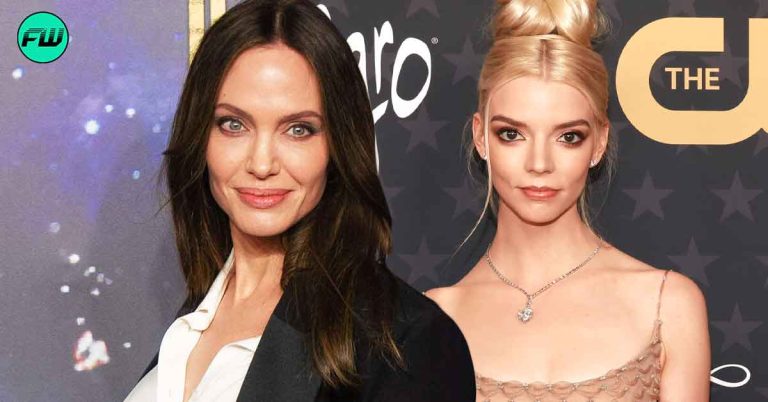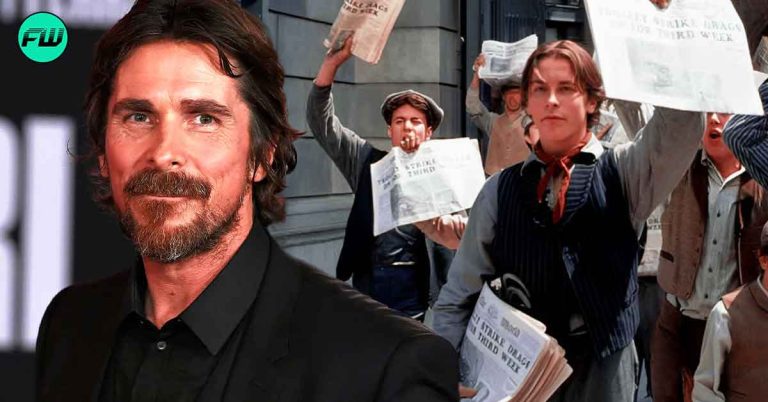As Mattel’s iconic Barbie doll prepares to leap off of toy shelves and into movie theaters in Greta Gerwig’s highly-anticipated live-action adaptation, I can’t help but think that something about it seems strangely familiar. While much of the film appears to carry a wholly unique design sensibility and overall tone, I’m still heavily reminded of another film from over twenty years ago that utilized a similar “Doll brought to life” premise. And that film is the Disney made-for-TV cult classic, Life-Size.
Originally aired in 2000 as part of ABC’s “The Wonderful World of Disney” programming block, Life-Size stars a young Lindsay Lohan as Casey Stuart, a tomboy seventh-grader whose both the quarterback and only female player on her school’s football team. Still reeling from the sudden loss of her mother two years prior, Casey attempts to use an occult spell book acquired from a second hand book store (Which happens to have a clearly marked occult section for some reason) to resurrect her; only for the spell to accidentally bring Casey’s doll Eve to life instead.
Casey is aggravated by this both because it means she still doesn’t have her mom back and because she actually hates dolls, with Eve being a last-minute birthday present from one of her father’s coworkers. From here, the film becomes a fish-out-of-water comedy as Eve, played by Tyra Banks, attempts to adjust to being human, maintain her trademark fashion sense, and fulfill her purpose as a role model by buying new clothes, eating food for the first time, and trying out various different jobs.

Eve and Casey initially butt heads despite Eve wanting nothing more than to be Casey’s “special friend,” but as you might expect, they slowly bond over the course of the film and form a genuine friendship; with Casey ultimately deciding to not reverse the spell and instead keep Eve alive. However, Eve takes matters into her own hands when she learns that the company behind the doll plans to cancel the line; performing the spell herself in order to impart the things she’s learned in the real world to her fellow dolls and save the line. She says goodbye to Casey and her father and apparently succeeds in her plan as Eve dolls begin flying off the shelves soon after.
Life-Size is by no means a perfect movie. Some of the acting feels stilted, many plot points feel rushed, and the fades that are clearly only there to facilitate commercial breaks ruin the pacing; but I was still genuinely surprised by how well it aged. The Barbie parody present with the Eve doll is spot-on, poking fun at everything from the fixation on clothing to the multiple job titles, to the hyper-perfectionist role model persona.
And if there’s one thing that legitimately works about this movie, it’s Tyra Banks as Eve. She sells the “doll brought to life” persona perfectly with spot-on comedic timing both in dialogue and in physical acting; while still carrying the emotional moments to great effect. And while it won’t be winning any Grammys, the film’s lead single, “Be A Star,” is going to be stuck in my head for at least a week and that has to count for something.

Moreover, I was pleasantly surprised at how progressive Life-Size was for its era. Films at this time and of this nature would probably use the “One girl on the football team” storyline with Casey as the basis for the entire plot, but here it’s a completely normalized background detail. Her struggles with other team members have nothing to do with her gender and everything to do with her actions on and off the field. She genuinely gets a fair shot, nearly winning the championship, in a male-dominated sport and I wouldn’t expect that much from a mainstream theatrical feature now, much less a made-for-TV movie from 2000.
It’s also noteworthy that the film’s stand-in for Barbie, the epitome of traditional feminine beauty, is played here by a Black woman and that said fact never needs to be said out loud. Her race doesn’t prevent her from rightfully being seen as beautiful and the declining sales of the Eve doll are completely unrelated to her skin color, instead owing to kids of the era being more interested in technology than fashion dolls. While I am merely an ally to the Black community, seeing Black feminine beauty be normalized on such a mainstream platform was genuinely great.
But what can Life-Size tell us about the new Barbie movie? A lot more than you might think. Firstly, Barbie‘s version of Barbieland in the film seems to act as a more fleshed-out version of Life-Size‘s Sunnyvale, a separate metaphysical plane of existence where all the dolls live idealized lives as human-like figures while the physical dolls remain with owners in the real world. We know Sunnyvale works like this because the main Eve is able to change the other dolls and we know Barbieland works like this because, among other details, Kate McKinnon’s character has chopped hair and crayon marks on her.

Additionally, both films involve the main doll character leaving that alternate plane of reality and spending some amount of time with at least one adolescent girl, Eve with Casey in Life-Size and Barbie with the disaffected teenagers in the cafeteria in Barbie. And interestingly enough, both films serve as adaptations and/or parodies of the Barbie toy itself and its cultural perception; rather than the characters and the world present in the various prior Barbie movies and shows.
Related: Barbie Star Ryan Gosling Almost Starred In Avengers: Infinity War And Endgame As A Marvel Superhero
More importantly though, both films appear to focus on deconstructing the perfectionism present in the Barbie brand and imparting the lesson that being a good role model doesn’t mean having to be amazing at everything. In Life-Size, Eve constantly struggles to do things that were easy for her in Sunnyvale and feels like a failure as a result. It’s only after embracing what makes her unique that she’s able to succeed. Meanwhile in Barbie, Margot Robbie’s lead character has to go to the real world because she’s not perfect like the other Barbies and from the looks of things, her arc through the film will be to learn that perfection is overrated.

I know you’re all excited to see Barbie this weekend, as am I. As you’re reading this, you might be getting ready to see it right now. Getting decked out in your finest pink and/or sparkly attire, summoning your Ken-ergy, and figuring out the optimal time and order for an Oppenheimer double feature. But as you do this, try to remember that an often under appreciated Disney movie was the first to take a shot at these ideas over two decades ago. And that said movie might be worth a second look after all these years.
Follow us for more entertainment coverage on Facebook, Twitter, Instagram, and YouTube.











